| Columns Retired Columns & Blogs |
Do you have a recommandation for a DAC with wireless features or a streamer to go with the system that you mention at the end of the column (Magnepan .7 + Rogue Audio Sphinx)?
Thanks!
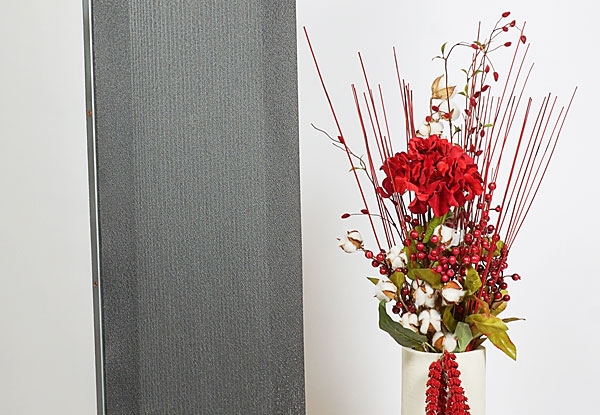
Whenever there is something fundamentally correct in a designer's approach, the chances become extra good that the products of his or her efforts will reveal to a wide range of listeners fundamental musical truths. And for me, the best thing about musical truths is that they never change or go out of fashion.
Magnepan, Inc. (footnote 1) is a perfect example of an American audio manufacturer that, since 1969, has based its considerable reputation on creating a series of innovative loudspeakers that have never gone out of fashion. Magnepan's founder and chief designer, Jim Winey, has parlayed a fundamentally sound design philosophy into an evolving series of musically satisfying planar-magnetic dipole speakers. Magnepan's latest model, the .7, is a full quasi-ribbon design of elegant appearance that consistently reveals many of those fundamental musical truths.
Me, Dad, and Jim
I spent the fun part of my childhood on the family farm in the big woods near Clayton, Wisconsin, about 57 miles east-northeast of White Bear Lake, Minnesota, home of Magnepan. Clayton winters are long and chilly, and if you don't leave the area, you have few decent choices for employment. You can work at the Moon Lake Tavern, trap minnows and leeches, or travel to Minnesota and work at the factory of Anderson Windows & Doors. Better yet: like Magnepan's founder, Jim Winey, you can get a job at Minnesota Mining and Manufacturing, aka 3M.
Like Winey, my dad started out as a trapper. Also like Jim, I worked for John Deere & Co. in Des Moines, Iowa. I've always been into photography, and again, just like Jim Winey, I built my first enlarger from an old Kodak bellows camera, some black pipe, and a coffee can. Obviously, I have a strong urge to tell endless stories about Magnepan's founder, the northern lights, and fishing for walleye in the Land of 10,000 Lakes, but suffice it to say: I have a lot in common with Jim Winey, and a lot of admiration for what he and his company have accomplished (footnote 2).
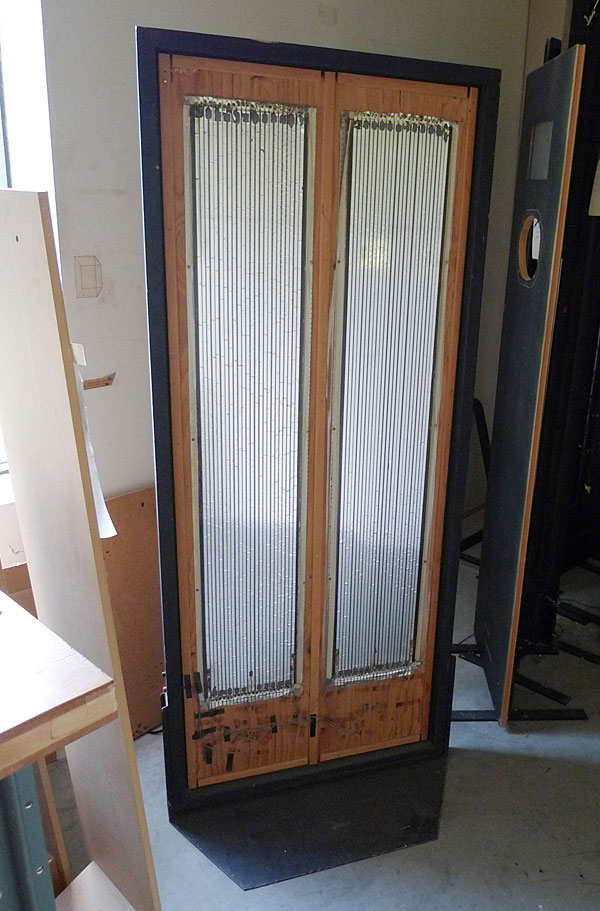
And now . . .
Magnepan speakers have evolved slowly over the last 46 years, each new model seeming to improve on the speed and transparency of its predecessor. Each change in size has enabled Jim Winey's designs to interface with a wider range of users and environments. However, because I'm a slow learner, it has taken me four decades to grasp the full beauty of what Magnepan's unique transducers can do. Now older and more experienced, I'm excited to share what I've discovered.
At 54¼" high by 15¼" wide by only 1¼" deep, Magnepan's new .7 is smaller than the 1.7 and bigger than the earlier MMG. When I heard a pair of .7s at the 2015 Consumer Electronics Show, they made me beg and plead. I stuck out my lower lip. I pouted. At last, Magnepan's forever national sales manager, Wendell Diller, reluctantly agreed to loan me a pair. I had to promise I'd send him one of Dad's old muskie lures.
Compared to most other speakers, the best thing about the elegant .7 is that you can store its boxes under your bed. The second best thing is the price: $1400/pair. The worst thing: They give you no place to set your record covers, CD boxes, or beverage bottles.
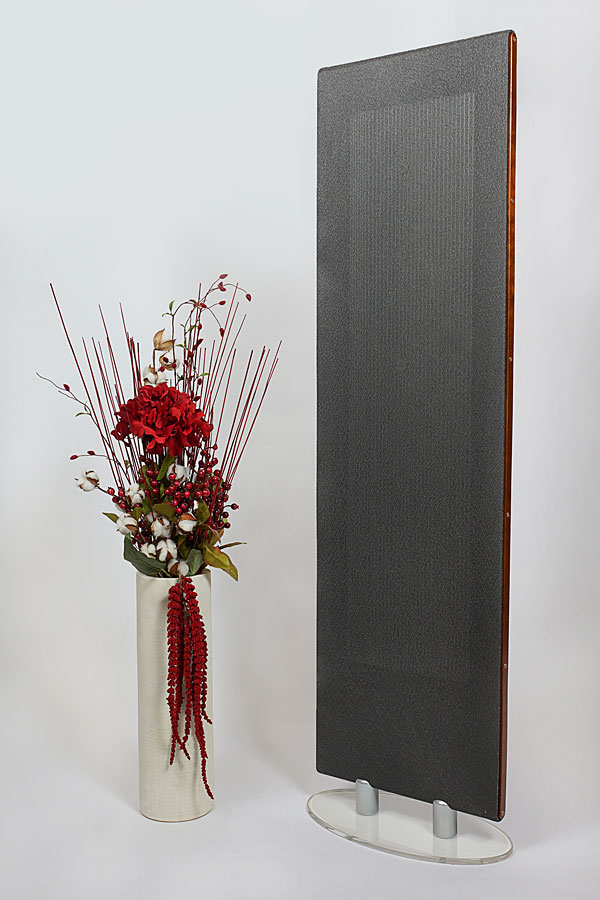
If you're unfamiliar with ribbon or quasi-ribbon speakers, just imagine a cone-dome-and-wooden-box speaker run over by a steamroller. The result is only 1¼" thick. Your woofer cone and voice-coil—imagine a paper or plastic funnel with some magnet wire coiled around its stem—have been transformed into an extremely thin sheet of Mylar with an equally thin grid of aluminum foil or wire glued to its surface. This Mylar sheet and conductor lattice weigh only a fraction of your original funnel-and-coiled-wire assembly. Your dome tweeter has been replaced by parallel wires or strips of 0.125"-wide aluminum foil. Your wooden box is now a simple frame of MDF supporting the stretched Mylar.
Funnels and domes, with their wads of copper wire wound around their stems, constitute the magnetically powered moving masses of conventional woofers and tweeters. In a quasi-ribbon, that thin, tightly stretched Mylar sheet with aluminum-foil grid serves the same function as your old cone or dome and voice-coil—except that the radically lower mass of the Mylar and foil permit greater acceleration and deceleration of a considerably larger piston capable of moving a lot more air than your little 8" cones. A pure ribbon driver further reduces this low moving mass by eliminating the Mylar sheet. (Attaching a ribbon to a sheet of Mylar is what makes such a speaker a quasi-ribbon design.)
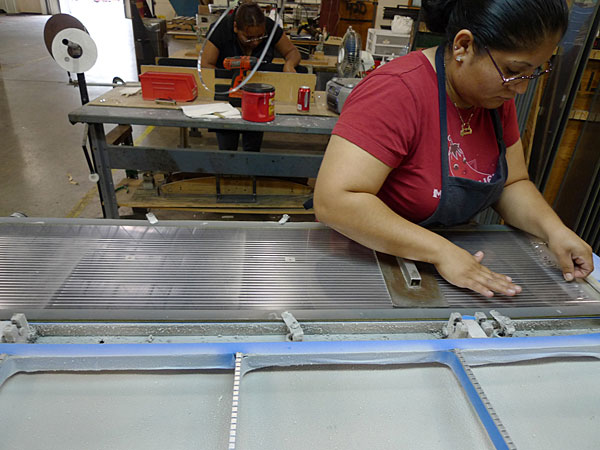
To move back and forth, the drivers of traditional cone voice-coils, ribbons, and quasi-ribbons all require the force-over-area assistance of magnets. Unlike in a cone driver, which has a single, massive magnet surrounding a conical voice-coil, a planar-magnetic driver use matrices of much smaller magnets that are able to distribute their static forces more evenly over a larger area, potentially making possible more accurately pistonic motion.
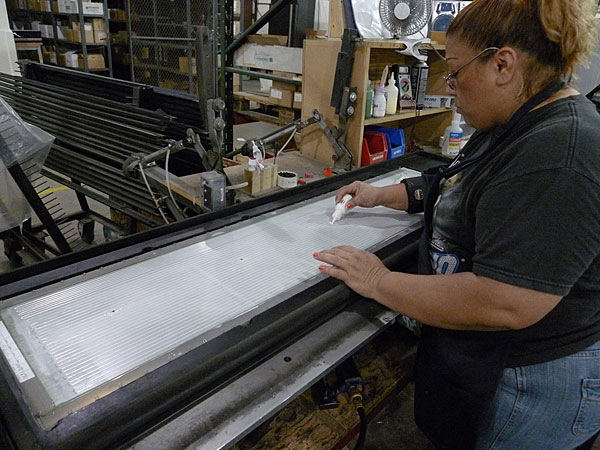
Ribbon, quasi-ribbon, and electrostatic speakers (which replace a matrix of permanent magnets by grids of highly charged stators in the last type) are all about speed—they achieve their distinctive sonic characters by moving substantial amounts of air quickly and with relatively little effort.
These don't squawk!
Knowing I'd never owned Magnepan speakers, and thinking (wisely, correctly) that I might need some mentoring, Wendell Diller sent retailer Lyric Hi-Fi's Maggie specialist, Igor Pelse, to install the two optional Magnepan DWM woofer panels ($795 each) and position the .7 panels for best tone and imaging. When he left, Pelse instructed me to play a weird recording with a powerful heartbeat to break in the .7s. I didn't have that CD, so I used Bill Laswell's psychotronic Dreams of Freedom: Ambient Translations of Bob Marley in Dub (CD, Axiom 524419). Great idea—except, with the speakers playing, I couldn't get any farm chores done. I kept getting sucked into Laswell's wild spatial and imaging effects. This is trance and ambient music at its slip-into-a-spliff-dream best. I know, electronic ambient Marley sounds like a dubious concept—but Dreams of Freedom is beautifully lissome and sophisticated. Laswell paints vivid aural pictures with big, morphing, reverberating sounds. Piano chords fade and stretch—front to back, right to left—while bass and drums frame and punctuate the plasma-like vocals. Within minutes, I realized that the Magnepan .7s could image with the best speakers ever, and were going to take my music listening somewhere it had never quite been before. "Everything's . . . gonna be alright . . ."
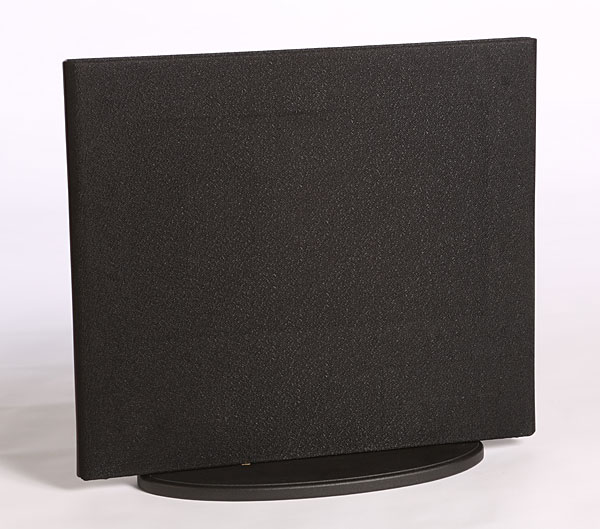
Creek Evolution 100A
The first record I sat down and listened carefully to was Billie Holiday's The First Verve Sessions (2 LPs, Verve VE-2-2503). Tonal balance was extremely good, and the stability of the dual-mono image fell into the Oh wow! category. Billie was the blue Billie I always love. Likewise, George Jones was still the greatest country singer since Hank and Lefty. But after listening to a few very dynamic, high-resolution Eno and Chesky downloads, I realized that the class-G Creek 100A integrated amplifier that I reviewed in July (base price $2195) couldn't deliver enough current or control to make the Maggies jump and sing.
Hegel Music Systems H160
Wendell Diller told me that Magnepans are most happy with traditional class-AB, direct-coupled, high-current amps. He said I could recognize the best ones by their ability to double their power into 4 ohms from 8 ohms. Well, the Hegel H160 class-AB integrated amplifier that I reviewed in June ($3500) almost does that (150Wpc into 8 ohms, 250Wpc into 4 ohms), so I promised Diller I'd use it. During the listening for my review of it in the June 2015 issue, the Hegel H160 easily drove every speaker I threw at it, and I felt certain it would get a strong grip on the hungry .7s.
Footnote 2: See David Lander's interview with Jim Winey in the January 2003 issue, Vol.26 No.1.

Do you have a recommandation for a DAC with wireless features or a streamer to go with the system that you mention at the end of the column (Magnepan .7 + Rogue Audio Sphinx)?
Thanks!

Rogue Sphinx really shines the most driving low-impedance speakers and playing older records like Lez-Zep II. Under these conditions it's crazy good and crazy value and difficult to beat for almost any other amp below $4000.
Under different circumstances it may perform not-so-good or even very poor. Take a high-impedance tough-to-drive speaker like ATC SCM40 and Rogue Sphinx will sound like an underpowered $300 entry-level amp. Take a better record with plenty of detail and Sim Audio would show that it's a class up from Rogue in head to head comparison. Sphinx just doesn't resolve that well.
The build-in phono stage is decent. Definitely far from great. Also Rogue is very noisy and has one of the most basic looks in mordern hifi.
Reading your reviews, it seems that you love tube sound and prefer it over solid-state. And Rogue Sphinx does sound like tubes despite being a hybrid. So maybe the right thing to say about Rogue would be something like: its the cheapest and most straight-forward way to get hifi tube sound? To me it would be a much more honest description of Sphinx's merits, rather than implying that it's just the best amp out there, class A, on par with $5000 components without any pitfalls.
Sim Audio and Hegel would do fine with way more different speakers and music, not to mention nice things like make, remote control and dead-silent noise floor - well justifying their respective prices. And even Moon Neo 340i and H160 would struggle to be considered borderline class A. High class B maybe.
Bottomline: I agree that Rogue Sphinx is an outstanding component at its price, great value and recommended to audition from many. But let's be fair: it does have its shortcomings and it's far from class A.